Api Culture
Key Notes:
Definition of Api Culture:

- Api culture, also known as apiculture, is the practice of beekeeping for the production of honey, wax, and other bee-related products.
Types of Bees in a Hive:
- Queen Bee: The only reproductive female in the hive, responsible for laying eggs.
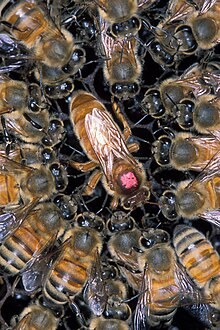
- Worker Bees: Non-reproductive females that perform tasks like cleaning, foraging, and guarding.

- Drones: Male bees whose primary role is to mate with a queen.
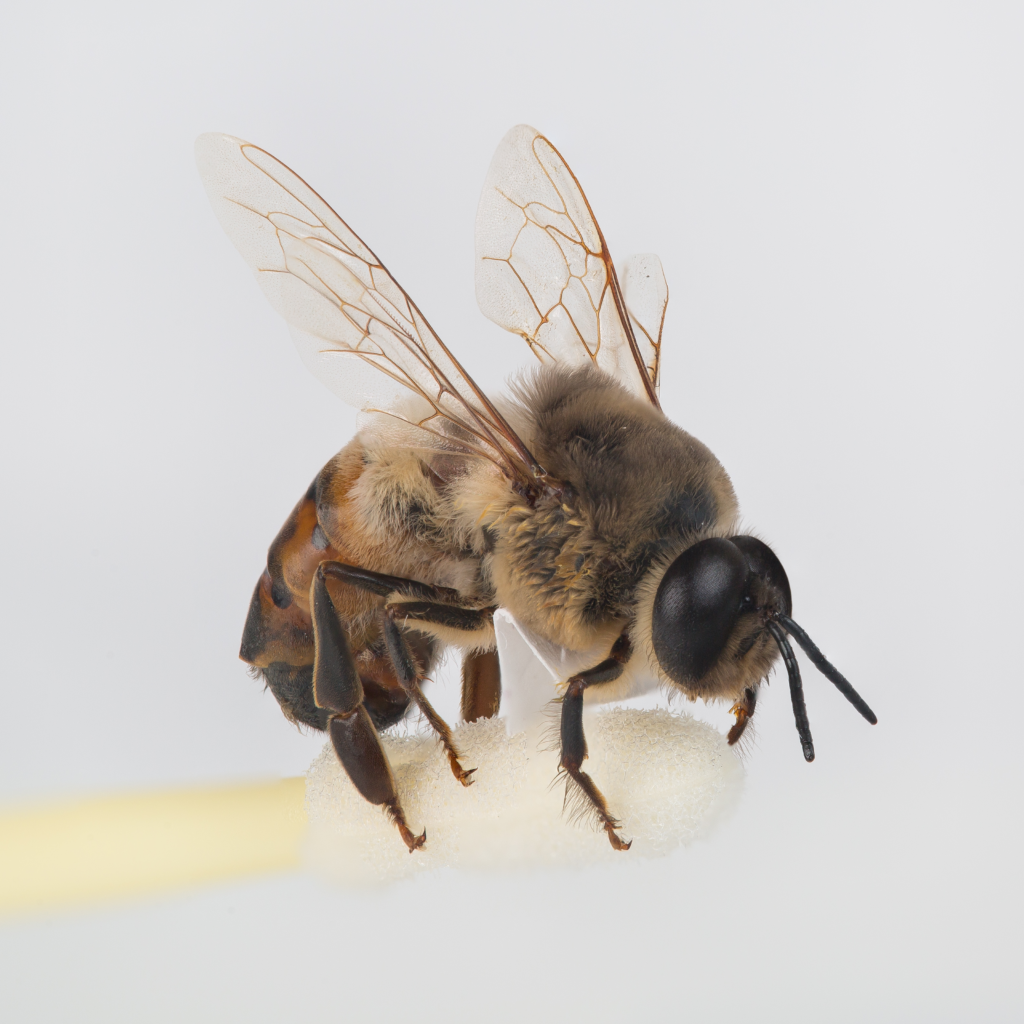
Structure of a Beehive:
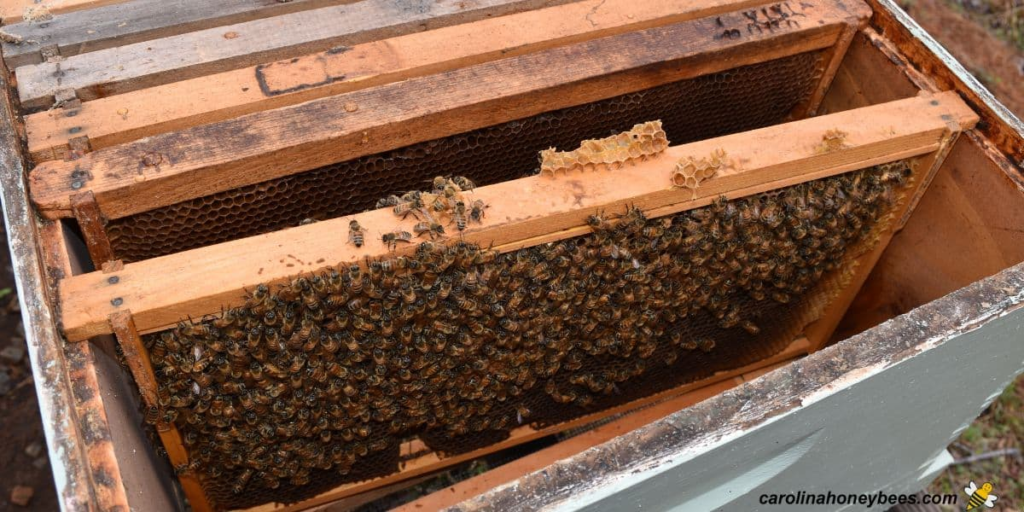
- A beehive consists of wax combs made up of hexagonal cells where bees store honey, pollen, and lay eggs.
Importance of Api Culture:
- Honey Production: A primary product, rich in nutrients.
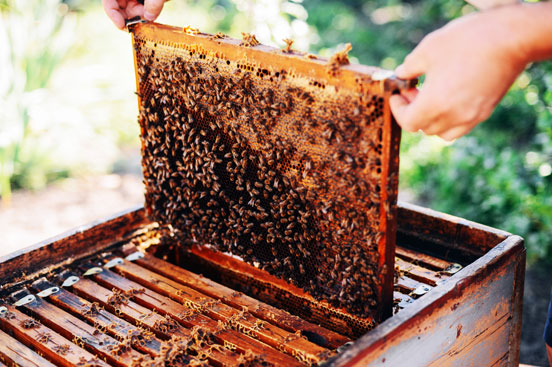
- Pollination: Bees play a crucial role in pollinating crops and maintaining biodiversity.

- Beeswax: Used in making candles, cosmetics, and medicines.
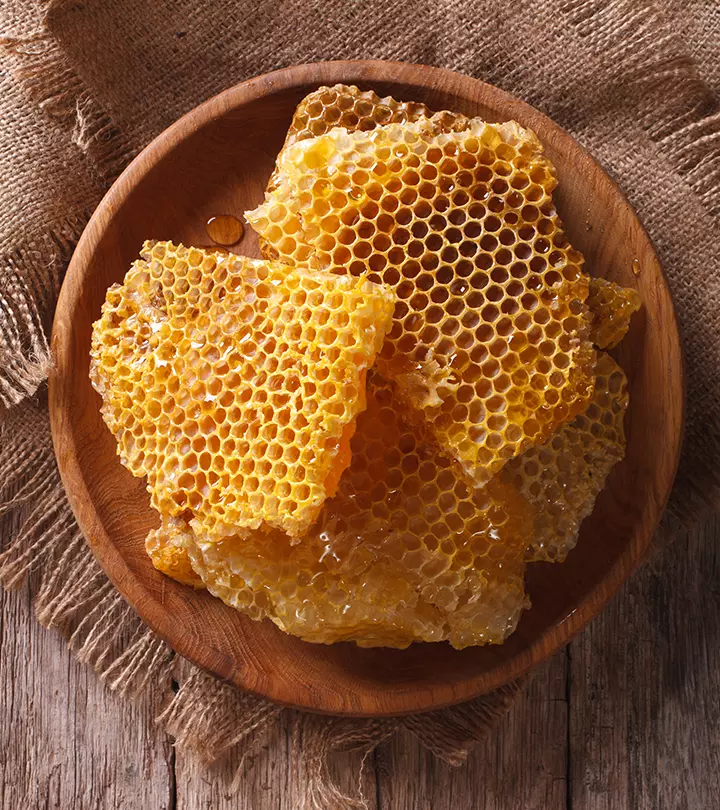
- Economic Benefits: Provides livelihood opportunities.
Beekeeping Equipment:
- Beehive: Artificial structures for bees to live and produce honey.
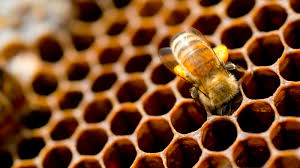
- Bee Suit: Protective clothing for the beekeeper.
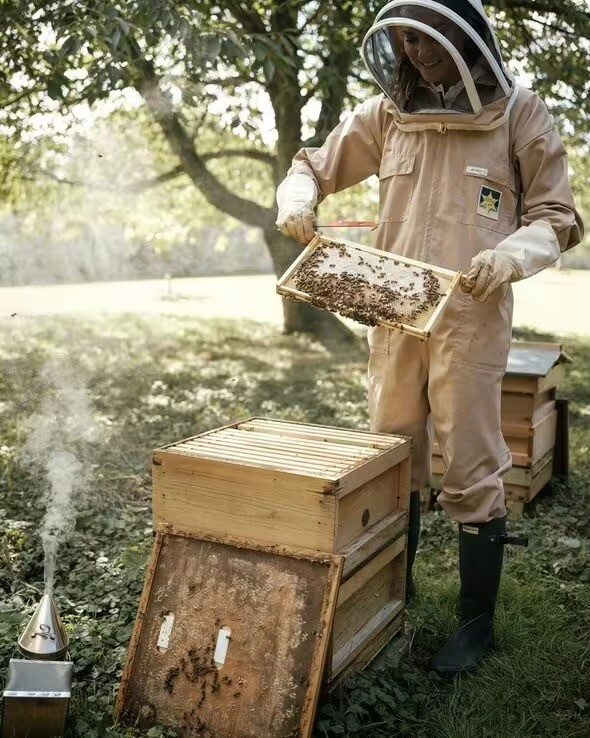
- Smoker: A device that emits smoke to calm bees during hive inspections.

- Honey Extractor: A tool to extract honey from the combs.
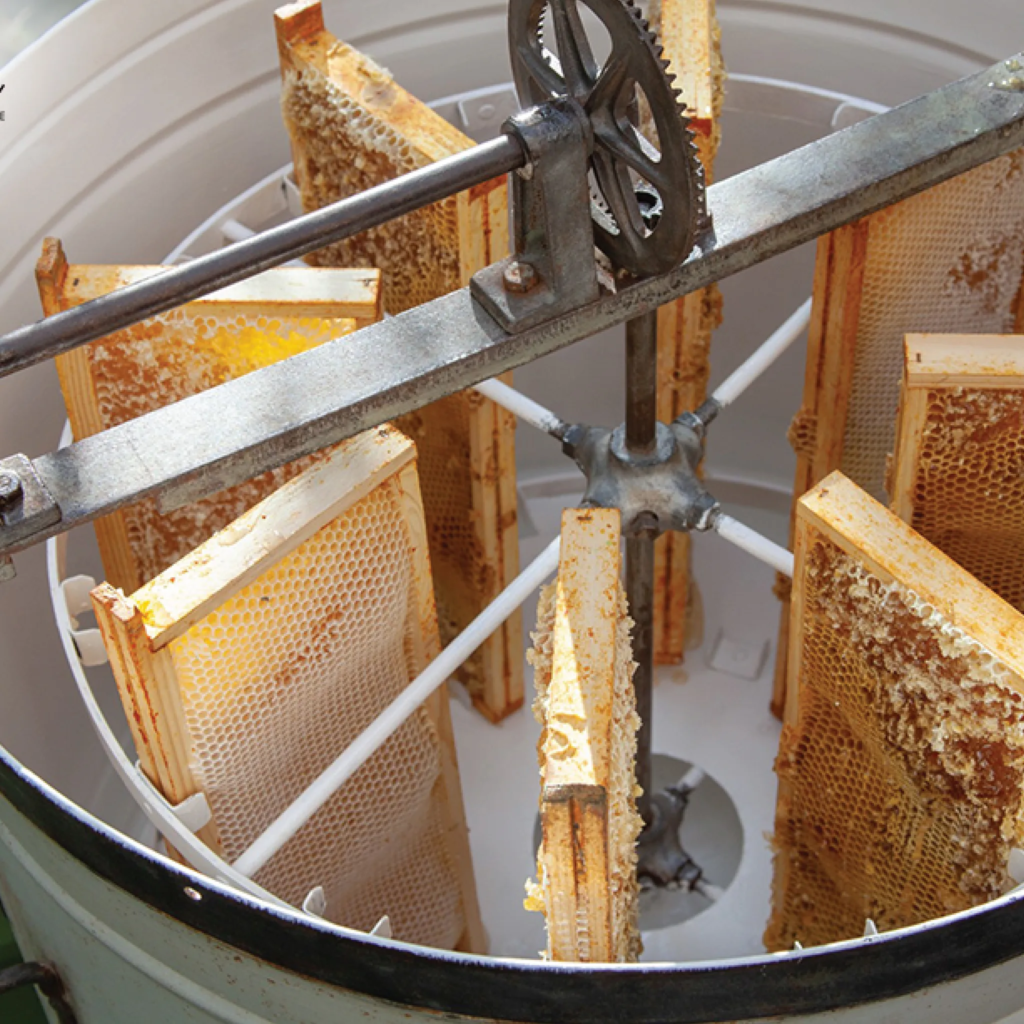
Bee Species Used in Apiculture:
- Apis mellifera (European honeybee): Most commonly kept species.
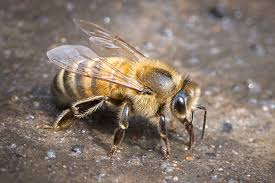
- Apis dorsata (Rock bee): Known for high honey production.
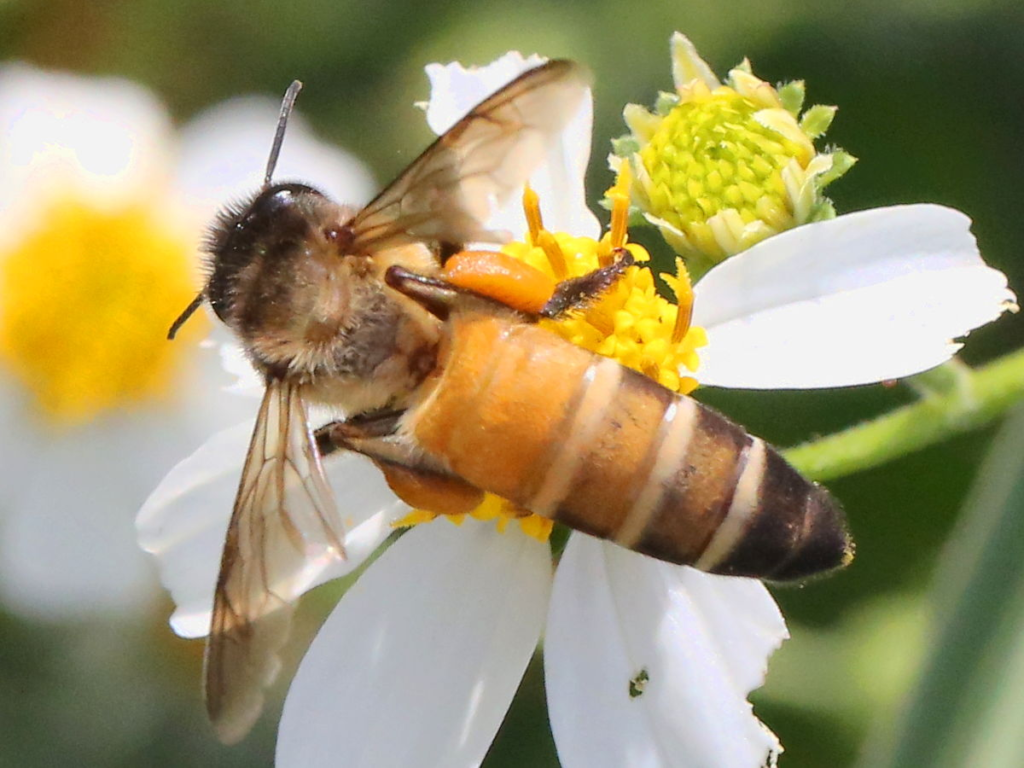
- Apis cerana (Indian bee): Adapted to tropical climates.
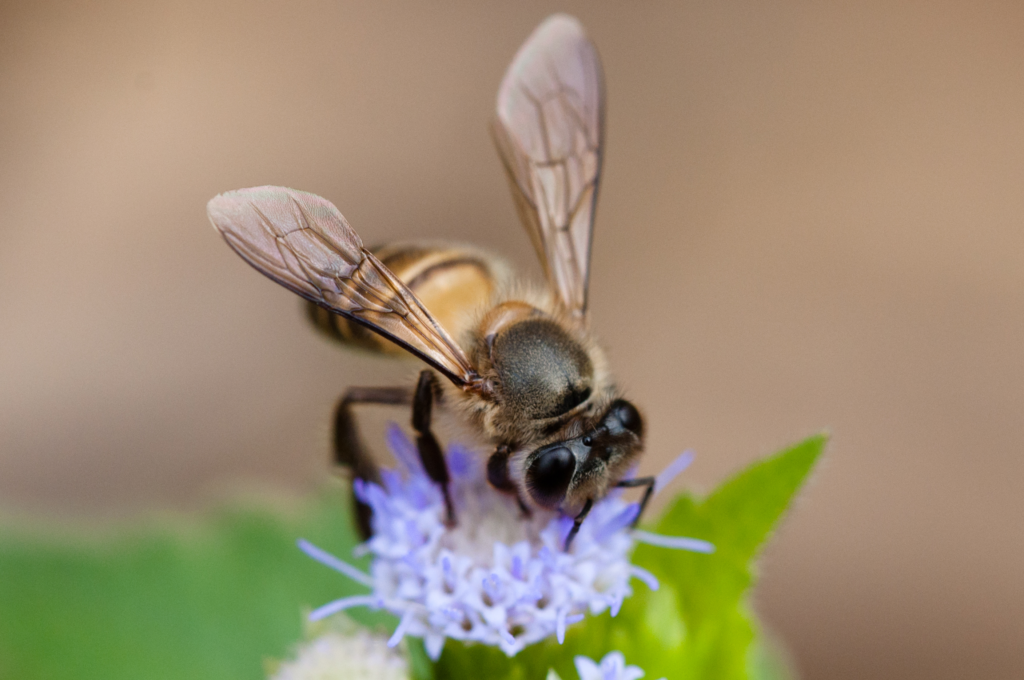
- Trigona (Stingless bee): Produces medicinal honey.

Steps in Beekeeping:
- Selecting a suitable location for the beehive.
- Providing proper care and monitoring hive health.
- Harvesting honey and wax without harming bees.
- Protecting hives from pests like wax moths and mites.
Challenges in Api Culture:
- Diseases affecting bees (e.g., Varroa mite infestation).
- Use of pesticides in agriculture harming bee populations.
- Climate change impacting flowering seasons and bee habitats.
Environmental Importance:
- Bees are key pollinators for plants, supporting food production and ecological balance.
- Decline in bee populations can negatively impact ecosystems.
Sustainable Practices in Api Culture:
- Avoiding excessive honey harvesting.
- Planting bee-friendly flora.
- Reducing chemical pesticide use.
Interesting Facts:
- A single bee makes only about 1/12th of a teaspoon of honey in its lifetime.
- Bees communicate through a “waggle dance” to share information about food sources.
Applications of Api Culture:
- Agriculture: Enhances crop yields through pollination.
- Medicine: Honey and propolis are used for their antibacterial properties.
- Industries: Beeswax is used in cosmetics, polish, and candles.
Let’s practice!

